The F.IX was a three-engine, high-wing monoplane of conventional configuration, equipped with tailskid undercarriage. The wings were made of wood, and the fuselage was welded steel tube with a fabric covering. When presented at the 1930 Paris Air Show, it won the Grand Prix de Comfort et d'Elegance d'Avions de Transport - the "beauty prize" as voted by the public.
Czech aircraft manufacturer Avia purchased a licence to produce the type in order to create a bomber for the Czechoslovakian Air Force, when it was decided that the Fokker F.VII that Avia was already producing under licence was too small for this role. By 1932, 12 were in service as the F.39. Yugoslavia also purchased two aircraft, as well as a licence to produce the type domestically, although this did not eventuate. The F.39s differed from their civil counterparts not only in the addition of bomb racks, but also in a defensive machine gun being fitted to either a ventral "step" or a turret. Avia also built two examples as airliners for Czechoslovakian Airlines as the F.IX D (Dopravni - "transport"). One of these survived into World War II, when it was impressed into Luftwaffe service (as TF+BO).
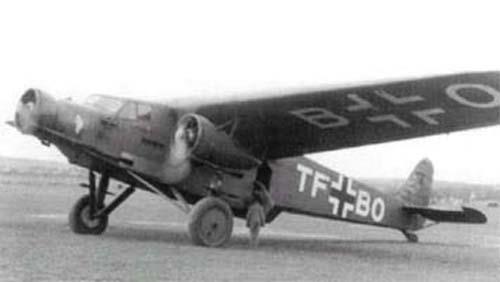
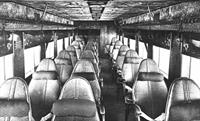
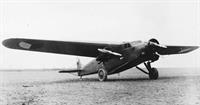
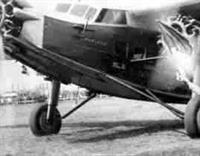
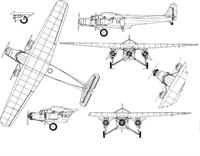


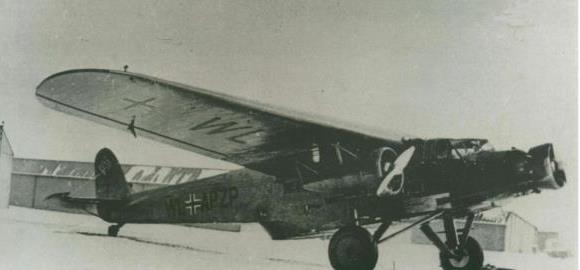
| Type |
2 + 20 airliner |
| Engine |
3 Gnome-Rhône 9A Jupiter |
| Dimensions |
Length 19,31 m, height 4,57 m, span 27,16 m, wing area 84,00 m2 |
| Weights |
Empty 5450 kg, max. take-off weight 9000 kg |
| Performance |
Max. speed 209 km/h, cruising speed 172 km/h, range 1150 km |
| Type |
Werk.Nr |
Registration |
History |
| F.IXD |
16 |
OK-AFG, D-AAFG |
11/9 1937 CSA. To Lufthansa 21/4 1939. Sold to Croatia |
|
|
WL-APZP |
|
|
|
TF+BO |
|
|
|
GA+BX |
FFS A/B 113 |


